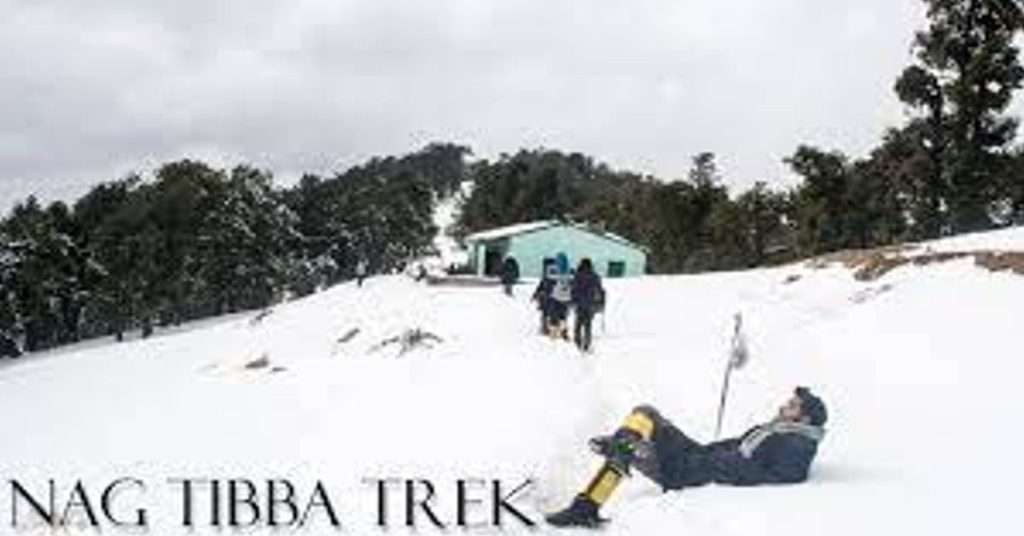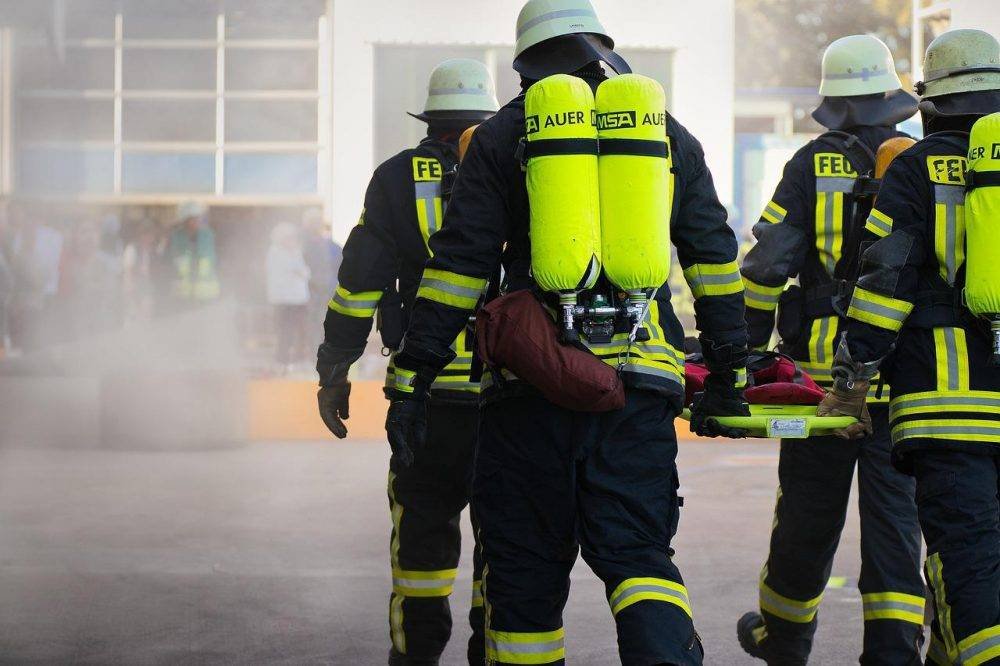Nag Tibba Trek:

Location and Accessibility:
Nag Tibba, situated in the Garhwal region of Uttarakhand, India, is easily accessible from Dehradun. The proximity to Dehradun adds to the convenience of reaching the base camp and allows trekkers to explore this city’s cultural and historical richness before embarking on their Himalayan adventure.
Altitude and Difficulty:
At approximately 9,915 feet, Nag Tibba is often considered a trek suitable for beginners. The moderate elevation and well-defined trails make it accessible to individuals with a basic fitness level, providing an excellent introduction to trekking. Nag Tibba is ideal for those new to trekking or seeking a gentler trek in the Himalayas.
Scenic Beauty and Flora-Fauna:
Renowned for its breathtaking scenery, the Nag Tibba trek provides sweeping views of notable Himalayan peaks like Swargarohini and Bandarpoonch. The journey takes trekkers through dense forests adorned with diverse flora and fauna, providing a captivating natural experience. The sight of rhododendron flowers in full bloom during spring adds vibrant colors to the landscape, creating a picturesque setting for trekkers.
Cultural and Historical Significance:
Beyond its natural allure, Nag Tibba carries cultural and historical significance. Local legends and mythology are intertwined with the landscape, adding a mystical touch to the trek. The Nag Devta Temple, dedicated to the Snake God, is a sacred spot along the trail and holds religious importance for the locals. Trekkers may also encounter villages along the route, offering a glimpse into the traditional lifestyle of the indigenous people. This cultural immersion enhances the overall trekking experience, making it a physical journey and a journey into the heart of the local culture.
Best Time to Visit Nag Tibba:
March to June and September to November are the best times to start the Nag Tibba trek. During these months, the weather is pleasant, and the trails are not obstructed by heavy snow, allowing trekkers to enjoy clear views and a comfortable journey. Spring brings the blossoming of flowers, while the post-monsoon season offers crisp and clear mountain views.
The moderate temperatures during these periods make the trek enjoyable for many enthusiasts. Are you dreaming of the serene beauty of Nag Tibba? Make your trek extraordinary with The Searching Souls. Their expert guides, personalized itineraries, and commitment to your safety will turn your adventure into a cherished memory.
Pangarchulla Trek:

Location and Access:
Pangarchulla, situated in the Chamoli district of Uttarakhand, is accessible from the town of Joshimath. The trek typically commences from this point, offering a well-connected starting location by road and facilitating a smooth transition into the trekking adventure. Joshimath, known for its religious significance and as a gateway to several Himalayan treks, provides trekkers with a cultural prelude to their journey.
Altitude and Difficulty:
Pangarchulla, with an elevation of around 14,700 feet, presents a more challenging trek than Nag Tibba. It is recommended for individuals with some prior trekking experience, providing a more demanding yet rewarding journey through the Himalayan landscape. The higher altitude brings different challenges, including acclimatization requirements, making it suitable for those seeking a more adventurous and physically demanding trek.
Panoramic Views and Glacier Crossing:
One of the highlights of the Pangarchulla trek is the breathtaking panoramic views it offers. Trekkers are treated to mesmerizing sights of Himalayan peaks, including the majestic Nanda Devi and Trishul. The trek may include the exhilarating experience of crossing a glacier, adding an adventurous and unique element to the journey. This aspect of the trek appeals to those looking for a more immersive and adrenaline-pumping experience in the Himalayas.
Cultural Interaction and Alpine Meadows:
Pangarchulla allows for cultural interactions as the trail winds through small villages. Trekkers can interact with locals, gaining insights into their customs and traditions. The journey also takes trekkers through picturesque alpine meadows, enhancing the overall aesthetic appeal of the trek. The contrast of the tranquil meadows against the backdrop of towering Himalayan peaks creates a visual spectacle that stays etched in the memory of those who undertake this trek.
The Ideal Time to Go to Pangarchulla:
April through June and September through November are the ideal times to undertake the Pangarchulla trek. With clear skies and comfortable temperatures, these months provide perfect weather for trekking. The snow-capped landscapes during this period contribute to the awe-inspiring beauty of the region.
Spring brings a burst of colors as flowers bloom, and the post-monsoon season ensures that the trails are not heavily snow-covered, making it feasible for trekkers to navigate the terrain comfortably. If you plan to conquer Pangarchulla Peak, consider The Searching Souls for an unforgettable and well-guided trekking experience. Your adventure awaits
Conclusion:
In the grandeur of the Garhwal region in Uttarakhand, India, the Nag Tibba and Pangarchulla treks stand as invitations to explore the diverse landscapes of the Himalayas. Nag Tibba, with its accessible trails and cultural nuances, beckons beginners and those seeking a less challenging yet enriching trekking experience. On the other hand, Pangarchulla, with its higher altitudes, panoramic views, and glacier crossings, caters to adventurous spirits ready for a more demanding escapade.
As the trekker contemplates the choice between Nag Tibba and Pangarchulla, factors such as experience, fitness level, and personal preferences come into play. Nag Tibba offers a gateway to the Himalayas that combines natural beauty with cultural immersion, making it an excellent choice for those taking their first steps into trekking. Meanwhile, Pangarchulla is a more rigorous challenge, promising breathtaking views and a deeper connection with the rugged Himalayan terrain.
Whether surrounded by the rhododendron blooms and folklore of Nag Tibba or navigating through alpine meadows and scaling heights in Pangarchulla, both treks weave stories of adventure and discovery. With their timeless allure, the Himalayas ensure that each journey becomes a chapter in the trekker’s narrative.
Read More: The Latest Trend In The History Of Swat Valley Is So Famous, But Why?
Often Asked Questions,
- Which time of year is ideal for the Nag Tibba trek?
The best time to visit Nag Tibba is from March to June and September to November. During these months, the weather is pleasant, and the trails offer clear views without heavy snow, providing an optimal trekking experience.
2. Is the Nag Tibba trek appropriate for first-timers?
It’s believed that Nag Tibba is a simple hike for beginners. With a moderate altitude and well-defined trails, it is accessible to individuals with basic fitness levels, making it an ideal choice for those new to trekking.
3. When is the recommended time to embark on the Pangarchulla trek?
The Pangarchulla trek is best undertaken from April to June and September to November. These months provide favorable weather conditions, clear skies, and manageable temperatures for trekking, along with awe-inspiring snow-capped landscapes.
4. Is Pangarchulla suitable for trekkers with no prior experience?
People with some previous trekking experience are advised to tackle Pangarchulla. The higher altitude and challenging terrain suit those seeking a more adventurous and physically demanding trek.
5. What are the cultural highlights of the Pangarchulla trek?
The Pangarchulla trek allows for cultural interactions as it passes through small villages. Trekkers can engage with locals, gaining insights into their customs and traditions, adding a cultural dimension to the trek.
6. How does one get to Pangarchulla and Nag Tibba’s base camp?
For Nag Tibba, the trek typically starts from Dehradun, which is well-connected by road and rail. For Pangarchulla, the journey usually begins from Joshimath, a town with a good road
connectivity.
7. Are both treks guided, and is it advisable to hire a guide?
While experienced trekkers may choose to navigate the trails independently, it is advisable, especially for beginners, to hire a local guide for Nag Tibba and Pangarchulla. A guide enhances safety, provides insights into the local culture, and ensures a smoother trekking experience.
8. What kind of wildlife and plants can one expect to see on these treks?
Nag Tibba is known for its dense forests with diverse flora and fauna, including rhododendron flowers. Pangarchulla offers encounters with alpine meadows and the possibility of glimpsing unique Himalayan wildlife, contributing to the trek’s natural beauty.


